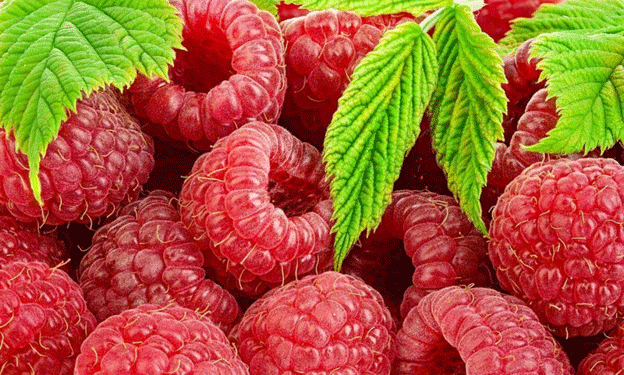The global raspberry market has been experiencing a steady increase in demand, driven largely by the fruit’s nutritional benefits, including its high levels of vitamins, antioxidants, and fiber. However, this surge in demand has been met with a decline in production due to various factors including climate change, political instability, and the inefficiency of certain raspberry varieties.
Recent data indicates that global raspberry production faced a significant drop of approximately 10% in the past five years. This decline is primarily attributed to adverse weather conditions, which have affected major raspberry-growing regions in North America and Europe. For instance, the United States and Poland, two of the largest raspberry producers, have reported yield reductions due to extreme temperatures and erratic weather patterns.
In response to this situation, Peru is positioning itself as a promising alternative supplier. The country’s diverse microclimates and optimal growing conditions for raspberries provide a competitive advantage. According to recent studies, Peru’s climatic conditions, characterized by a range of temperatures and sufficient rainfall, are ideal for year-round raspberry cultivation.
The Peruvian Ministry of Agriculture (Midagri) has launched a comprehensive strategy to capitalize on this opportunity. The ministry is promoting raspberry farming through a series of initiatives, including webinars designed to educate local farmers and agronomists about best practices and modern cultivation techniques. Furthermore, Midagri is forging partnerships with specialized companies to enhance the production process and market access.
One key aspect of this initiative is the development of a robust supply chain infrastructure. Peru’s logistical advantages, such as its proximity to major shipping routes and established trade agreements, are expected to facilitate the export of raspberries to global markets. Additionally, the government is providing support for research and development to improve raspberry varieties and farming practices, aiming to overcome the challenges faced by other regions.
The potential benefits of Peru’s increased raspberry production extend beyond meeting global demand. The initiative is expected to attract new investments, create job opportunities, and stimulate local economies. By establishing itself as a reliable raspberry supplier, Peru can enhance its agricultural sector’s resilience and contribute to global food security.
Peru’s strategic focus on raspberry cultivation presents a significant opportunity for the country to become a leading player in the global market. With the support of the Ministry of Agriculture and favorable environmental conditions, Peru is well-positioned to address the growing demand for raspberries, while simultaneously fostering economic growth and sustainable agricultural practices.
































